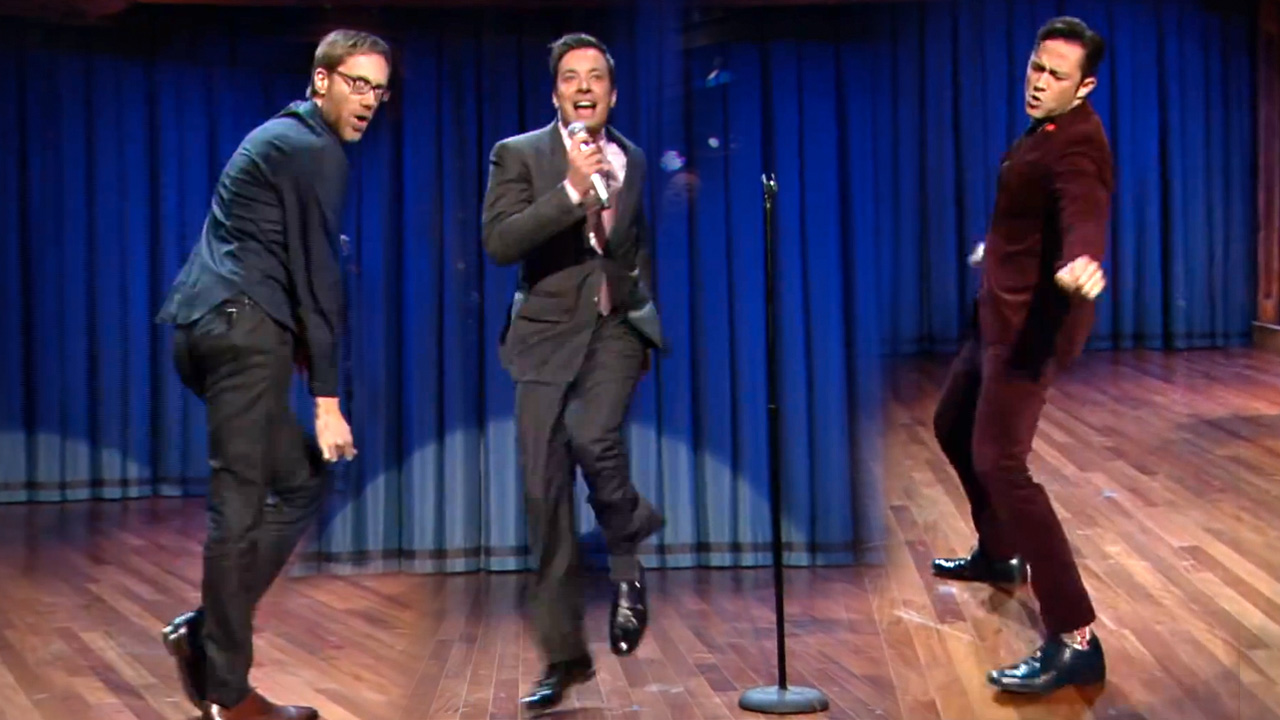 |
| As if talk shows weren't operatic enough. |
 |
| Seriously. |
I listened to the Soul Train movement from this opera in its completion. It was more artistically satisfying than some of the other bits I heard. It gets at some deeper, darker content and has a weird psychological effect of suspending the host's inner thoughts for an interminable amount of time. Seventeen minutes to be exact. But the musical elements are variations on basically the same material for the entirety of the seventeen minutes. It tested my patience.
Then I listened to Michael Gordon's Four Kings Fight Five. This is a pretty textbook example of musical totalism, the style we're exploring tonight. Despite deceptively simple surface elements - static harmony, repetitive pitch content and rhythms - it soon develops into something extremely complex. According Michael Gordon's program note on this piece, each measure contains divisions all the way up to 13.5 and 27. This produces a neat effect, especially when the drums are playing a straight-ahead rock beat. All the rhythms float jaggedly but it still grooves pretty hard.
Next on the list: John Luther Adams' Dream In White On White. Poor John Luther Adams. Not only does he have the same name as a U.S. president, but he also has to share it with another contemporary composer. Who's arguably better. Ouch.
John Luther Adams draws a lot of his inspiration from the scenery of Alaska, and subsequently a lot of his pieces are about whiteness and silence. It's relaxing and soul-healing stuff, for sure, but it fades into the background pretty easily for me. I heard In The White Silence recently, and Dream In White On White sounds almost exactly the same. I heard the same heaving, going-nowhere string lines, delicate harp plucks, and monochrome clusters of white notes.
Finally, Larry Polansky's Lonesome Road. I wish I hadn't waited till the last minute to listen to this. First of all, it's a HUGE piece, but secondly it's a huge piano variation set that I didn't know about before! I found this article quite informative. It also cites some other modern variation sets besides The People United. That's all going on my summer listening list...
So this is totalism to the nth degree. Polansky's source material is Ruth Crawford Seeger's arrangement of a folk song, he studied composition with James Tenney, was friends with Lou Harrison, and wrote this piece over the course of a year in Indonesia. WHAT? That's well-rounded. This is a composer who has significant connections to folk, minimalism, and world music. Somehow they all find their way into this piece. I listened to a handful of excerpts and heard everything from colossal Ivesian banging to waltzes to jazzy split-third harmonies to some quirky and fascinating sections that are quite unique. The review I linked to seems to find fault with the sheer diversity of the piece, and the fact that "the music operates on the same emotional level for large stretches". That recording even omitted some of the variations, but still clocks in at over an hour.
I don't know why I'm having such a cynical response (with the exception of Polansky) to all this music tonight. Just a few hours ago I was listening to the Distractfold Ensemble play really extreme stuff, where often bow scrapings and weird glissandi took the place of actual musical pitches. I should have been relieved to hear some more conventional music, but maybe I'm just frustrated because I feel like I don't quite belong in either camp. Hmm.

No comments:
Post a Comment